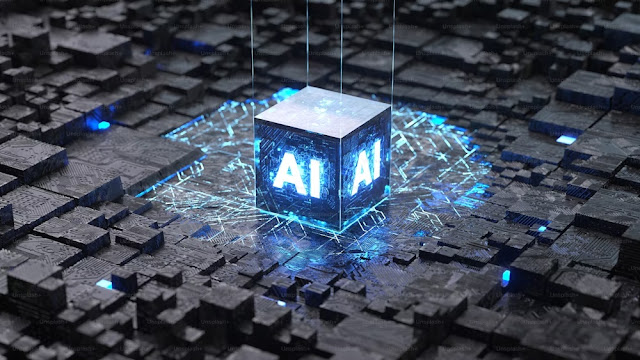 |
| ImaginAI: A Journey into the Realm of Artificial Creativity |
In the realm of artificial intelligence (AI), there exists a fascinating and rapidly evolving field known as "ImaginAI."
This innovative domain harnesses the power of machine learning and neural networks to generate, manipulate, and interpret visual content, unlocking a world of creative possibilities previously unimaginable.
From generating lifelike images to aiding in artistic endeavors, ImaginAI is revolutionizing the way we perceive and interact with visual information.
In this article, we will delve into the intricacies of ImaginAI, exploring it applications, challenges, and the profound impact it has on various industries and our everyday lives.
Understanding ImaginAI
At its core, ImaginAI utilizes advanced algorithms and deep learning techniques to analyze vast amounts of visual data and derive meaningful insights.
These algorithms are trained on massive datasets comprising images, videos, and other visual content, enabling AI systems to recognize patterns, understand context, and generate novel visual outputs autonomously.
Through techniques such as generative adversarial networks (GANs), convolutional neural networks (CNNs), and recurrent neural networks (RNNs), AI models can not only replicate existing images but also create entirely new ones with remarkable realism and creativity.
Applications of ImaginAI
The applications of ImaginAI span across diverse fields, showcasing its versatility and potential impact. In the realm of art and design, AI-powered tools empower creators to explore new artistic styles, generate unique designs, and streamline the creative process.
From generating concept art for movies and video games to designing logos and advertisements, ImaginAI serves as a valuable companion to human creativity, augmenting artistic endeavors with computational power.
In the field of medicine, ImaginAI holds immense promise for revolutionizing diagnostics, treatment planning, and medical imaging.
AI algorithms can analyze medical images such as X-rays, MRIs, and CT scans with remarkable accuracy, aiding healthcare professionals in detecting anomalies, diagnosing diseases, and planning interventions.
Moreover, ImaginAI enables the synthesis of realistic medical simulations, facilitating medical training and research in a virtual environment.
In the realm of fashion and retail, ImaginAI is reshaping the way products are designed, marketed, and personalized for consumers.
AI-powered recommendation systems analyze consumer preferences and browsing behavior to offer personalized product suggestions, enhancing the shopping experience and driving sales. Additionally, AI-generated virtual models and digital fitting rooms enable customers to visualize how clothing items would look on them before making a purchase, reducing the need for physical try-ons and returns.
Challenges and Ethical Considerations
Despite its transformative potential, ImaginAI also presents various challenges and ethical considerations that must be addressed.
One significant challenge is ensuring the fairness and inclusivity of AI-generated content, as biased datasets or algorithms may perpetuate stereotypes or marginalize certain groups.
Additionally, concerns regarding data privacy and security arise as AI systems increasingly rely on vast amounts of personal and sensitive information.
Furthermore, the potential misuse of ImaginAI for malicious purposes, such as generating deepfake videos or misinformation, underscores the importance of responsible AI development and governance. As AI-generated content becomes indistinguishable from reality, distinguishing between authentic and manipulated media becomes increasingly challenging, posing risks to trust, security, and societal cohesion.
The Future of ImaginAI
Despite these challenges, the future of ImaginAI is undeniably bright, with continued advancements poised to unlock new frontiers of creativity, innovation, and discovery.
As AI algorithms become more sophisticated and data-driven, the quality and realism of generated content will continue to improve, blurring the lines between human and machine creativity.
Moreover, interdisciplinary collaborations between AI researchers, artists, scientists, and policymakers will foster the responsible development and deployment of ImaginAI technologies, ensuring they serve the greater good while upholding ethical principles and societal values.
In conclusion, ImaginAI represents a paradigm shift in how we perceive, create, and interact with visual content, offering unprecedented opportunities for innovation and expression across diverse domains. By harnessing the power of artificial creativity, we can unlock new dimensions of human imagination and usher in a future where the boundaries between reality and imagination blur, opening doors to endless possibilities for exploration and discovery.


Post a Comment